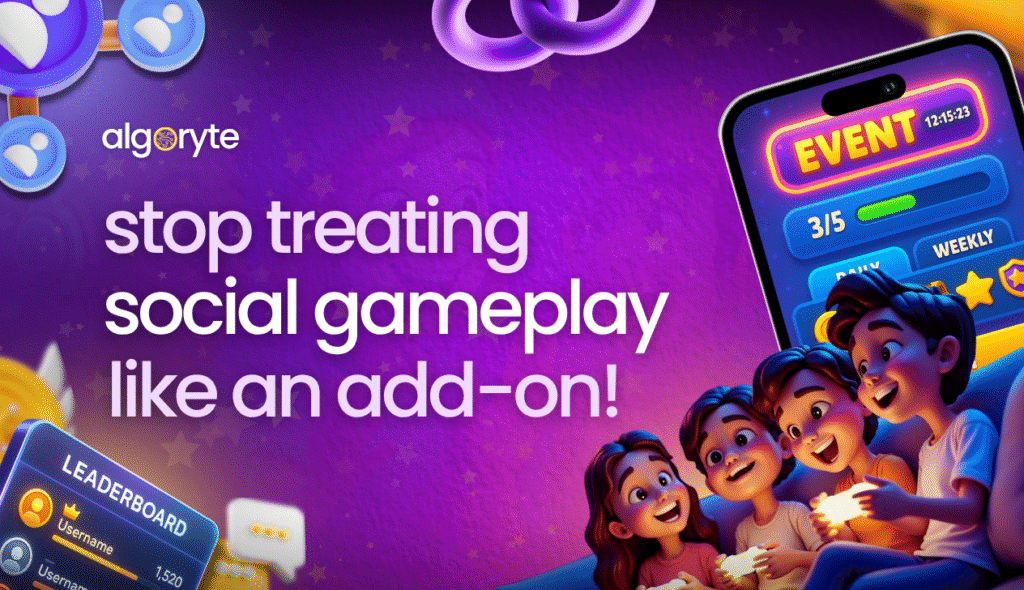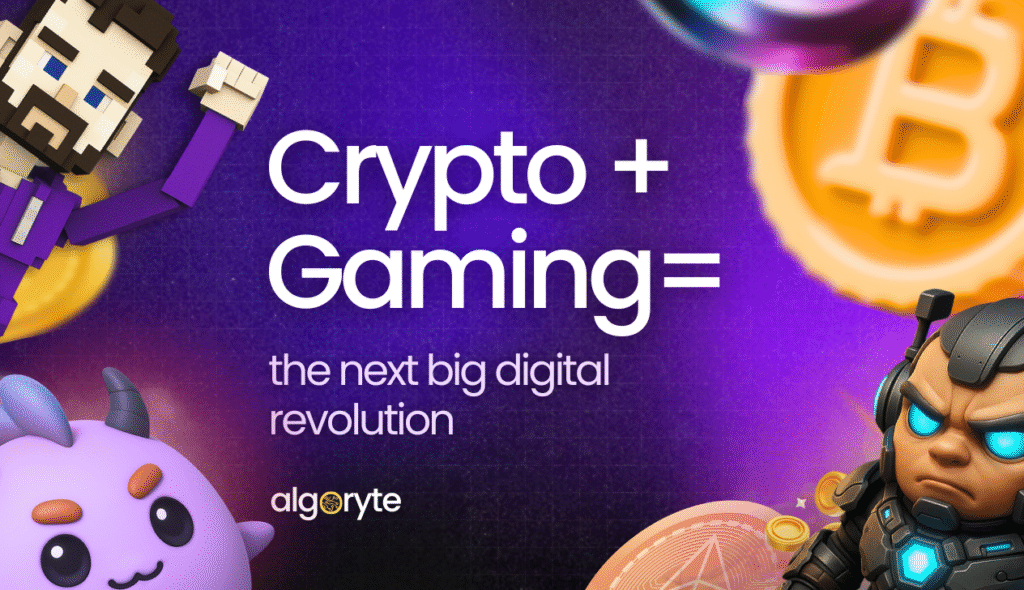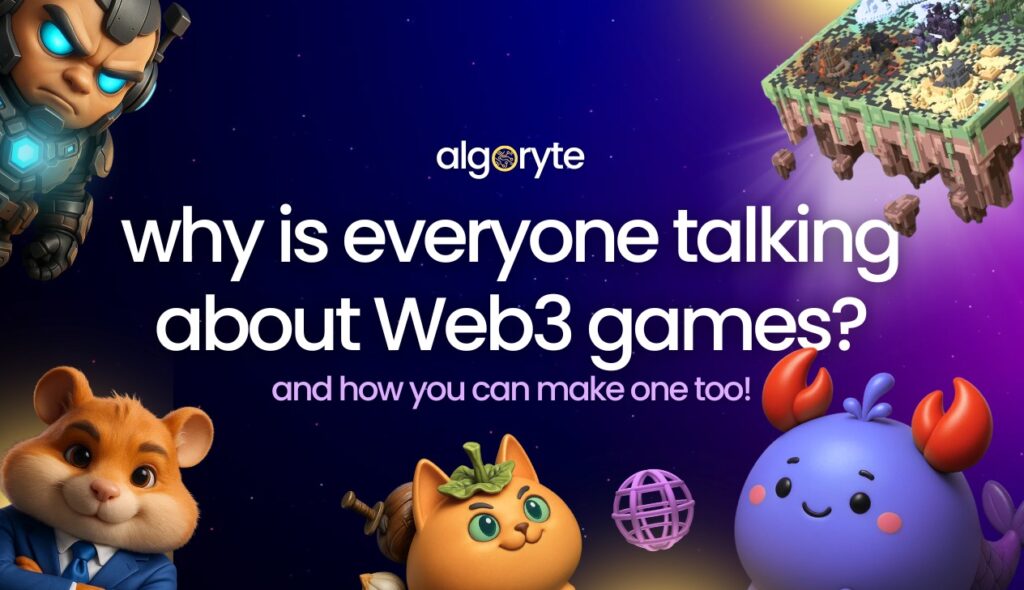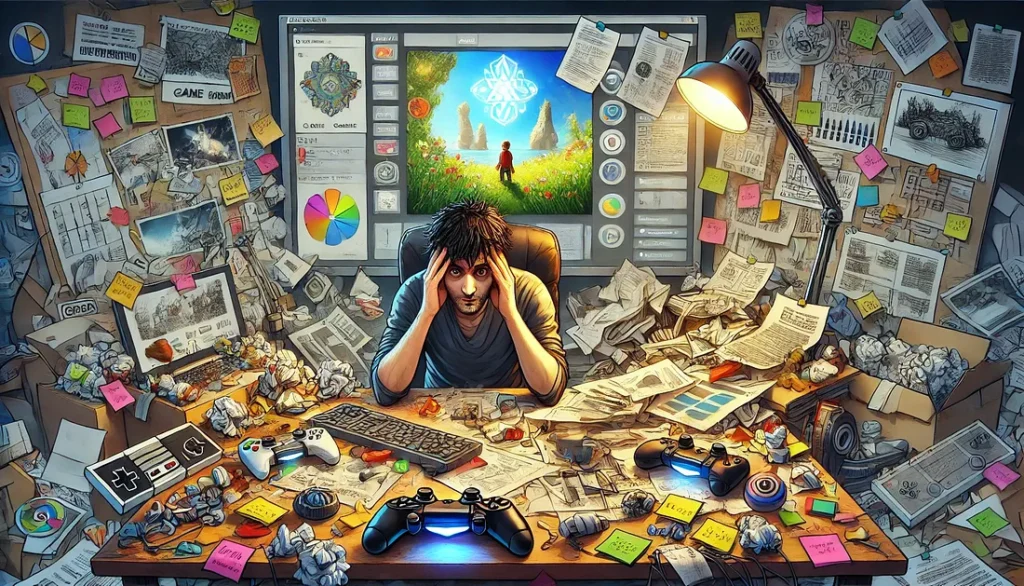Stop Treating Social Gameplay Like an Add-On

In game development, social features in games are often treated as a nice-to-have — something you toss in after everything else is built. Kind of like an extra skin or bonus level. But what if we flipped that mindset?
What if player interaction in games wasn’t just the cherry on top, but part of the actual cake?
The Gaming World’s Next Power Player Isn’t Who You Think

Billions in capital. A royal family obsessed with gaming. Government-backed accelerators.
If you’re still overlooking the Middle East in your gaming strategy you’re already behind.
Saudi Arabia, the UAE, and Egypt are flipping the global gaming script. This isn’t a slow burn, it’s a seismic shift happening in real-time.
The Future of Gaming: A Deep Dive into Web3 Game Development

As a game developer — whether working solo or in a game development studio — there’s one tool you simply can’t skip: a Game Design Document (GDD). Tempted to bypass it? Trust us, you’ll regret it later.
Why Everyone’s Talking About Web3 Games — And How You Can Make One Too

Whether you’re dreaming about NFT cards, play-to-earn RPGs, or some wild metaverse idea that’ll blow minds — you’re in the right place. This guide breaks everything down step-by-step so you can build your very first Web3 game from scratch.
Turn Your Gaming Passion Into Profit: How to Fund Your Indie Game Without Going Broke

The gaming industry isn’t just thriving—it’s booming. According to Statista, PC video games alone are expected to rake in $467.7 billion by the end of 2025. By 2030, the global market could cross $583 billion. And indie games? They’re no longer underdogs, they’re now serious players in this billion-dollar arena.
But here’s the kicker: turning your game idea into reality takes more than passion. It takes funding. And let’s be real, getting that funding can be the hardest part.
So how do you do it without emptying your savings or selling your soul?
How to dominate the merging game genre: $1.5M in daily revenue

Microfun’s Gossip Harbor just crossed a mind-blowing $1.5 million in daily revenue, while its other Merge game, Seaside Escape, hit a record $750K per day — a massive win for fans of strategic, analytical thinking games.
This means that a Chinese publisher now owns both the #1 and #3 spots in the genre’s revenue charts, with a combined $52M+ monthly income — that’s more than the rest of the top 10 merge games combined.
Why ‘More’ Isn’t Better in Game Design

Some game designers overcomplicate mechanics in an attempt to be unique, but complexity isn’t the same as depth. The best games follow the K.I.S.S. principle—Keep It Simple, Stupid—engaging players with clear mechanics while allowing depth to emerge naturally.
Mastering the First Time User Experience!

Discover the secrets to creating an engaging and intuitive onboarding process that hooks players from the start. Learn how to balance soft and hard prompts, implement effective tutorials, and leverage analytics to refine your game. Dive into the world of game design and ensure your players have a seamless and unforgettable experience.
Unity Game Developer

Position: Full Time
Experience: 3-4 Years
Location: Islamabad
Game Design Document is going to be your Bible!

As a game developer — whether working solo or in a game development studio — there’s one tool you simply can’t skip: a Game Design Document (GDD). Tempted to bypass it? Trust us, you’ll regret it later.





